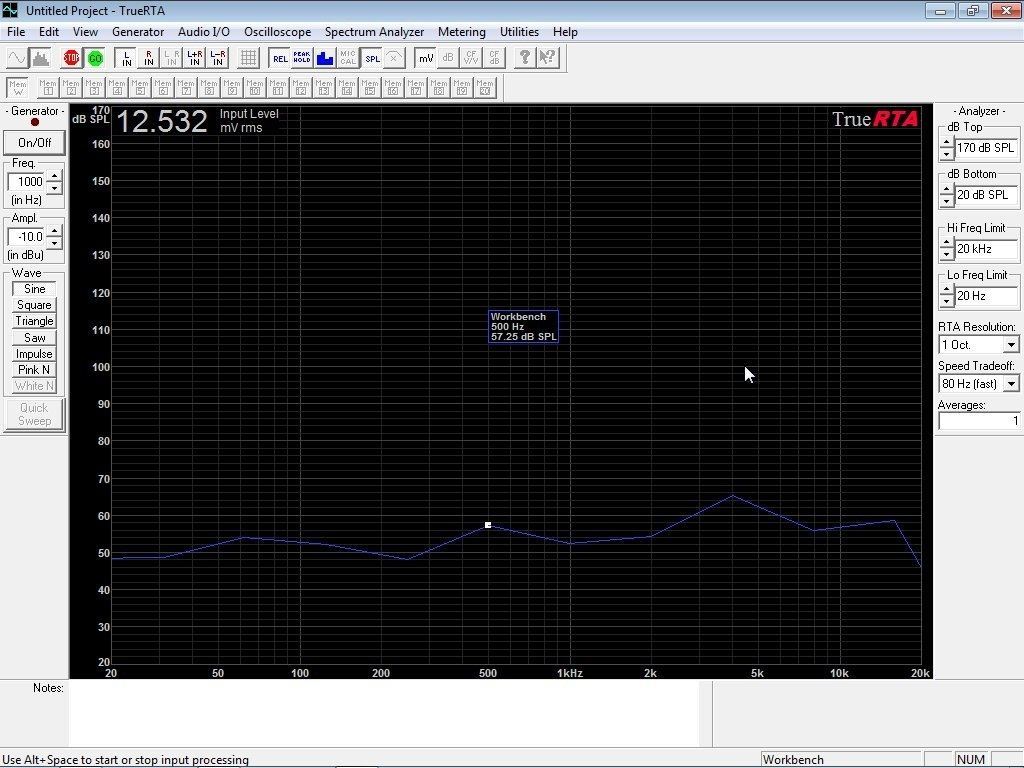

Another approach involves the incorporation of non-porous admixtures (e.g., cellulose fibers) that inherently have some viscous character. In addition, the large volume of a structural material in a structure enables the structural material to have a large influence on the sound absorption ability of the structure.Ĭement-based materials with improved effectiveness for sound absorption are commonly porous, ,, ,, ,, with the pores introduced by the use of admixtures (e.g., perlite ), aggregates, foaming agents or templating methods. Furthermore, a structural material tends to be more durable than a soft material. This would simplify design and avoid the bulkiness and extra weight associated with the presence of the soft sound absorption material. This interest is partly because such a structural material would reduce or even eliminate the need for the use of a soft non-structural sound absorption material in combination of a structural material in order to render sound absorption capability to a structure. Although this paper uses cement-based materials to demonstrate the concept of using solid–solid interfaces to enhance sound absorption, the method described in this paper is expected to be applicable to other materials that contain solid–solid interfaces.įrom the practical viewpoint, this paper concerns sound absorption materials that are stiff and non-porous, due to the interest in sound absorption materials that are good structural materials. In contrast, this paper investigates the use of solid–solid interfaces in a non-porous material to enhance the sound absorption effectiveness. The most established method of enhancing the sound absorption effectiveness of a material involves the introduction of porosity, ,, ,, ,, though this is typically at the expense of the mechanical performance.

The porosity and softness are not desirable for the structural performance. Less commonly, biomaterials, are exploited. Sound absorption materials are thus commonly porous soft materials, such as foams, ,, ,, , and textiles. The multiple reflections result in the sound traveling for multiple times in various directions in the material, thereby providing an additional mechanism of sound absorption. Other mechanisms are the air vibration associated with the sound causing friction between the air and the pore wall of the solid and the multiple reflections of the sound at the wall of the pores, ,, ,. Transportation (rail, highway and aircraft) is a significant source of outdoor noise.Ī common mechanism of sound absorption is the viscous deformation of the solid in response to the sound wave, ,, ,. Sound absorption is needed to alleviate the noise pollution that increasingly erodes the quality of life of most people, particularly those in urban areas and those that work in noisy environments.


 0 kommentar(er)
0 kommentar(er)
